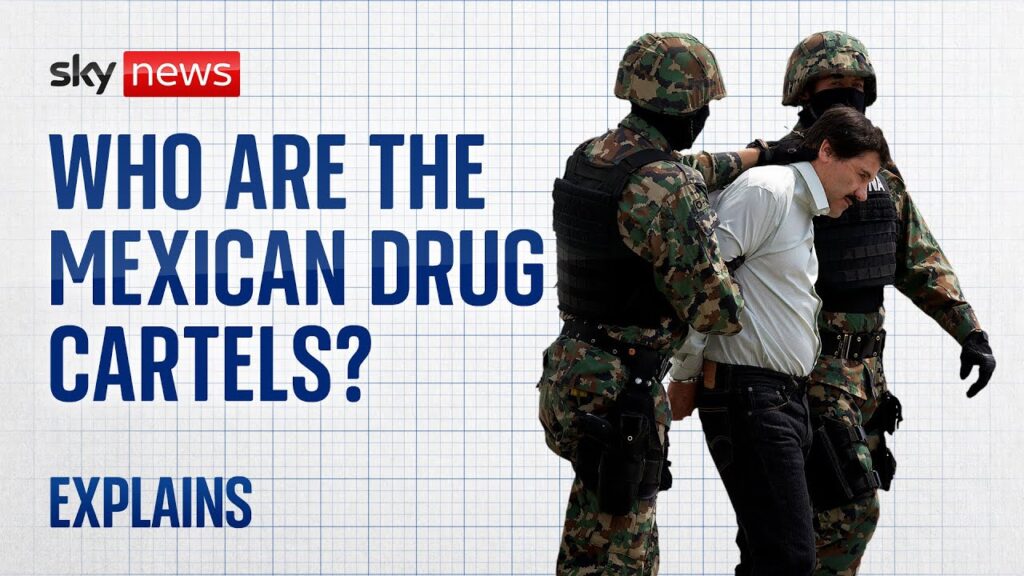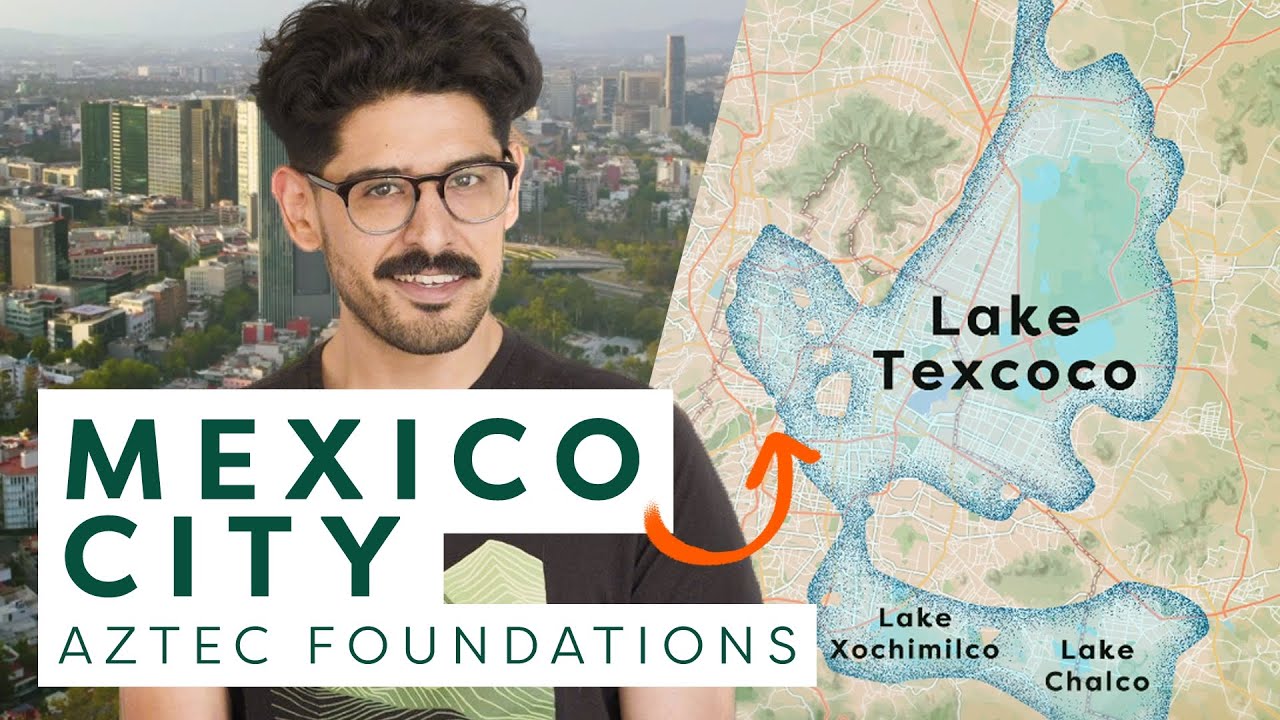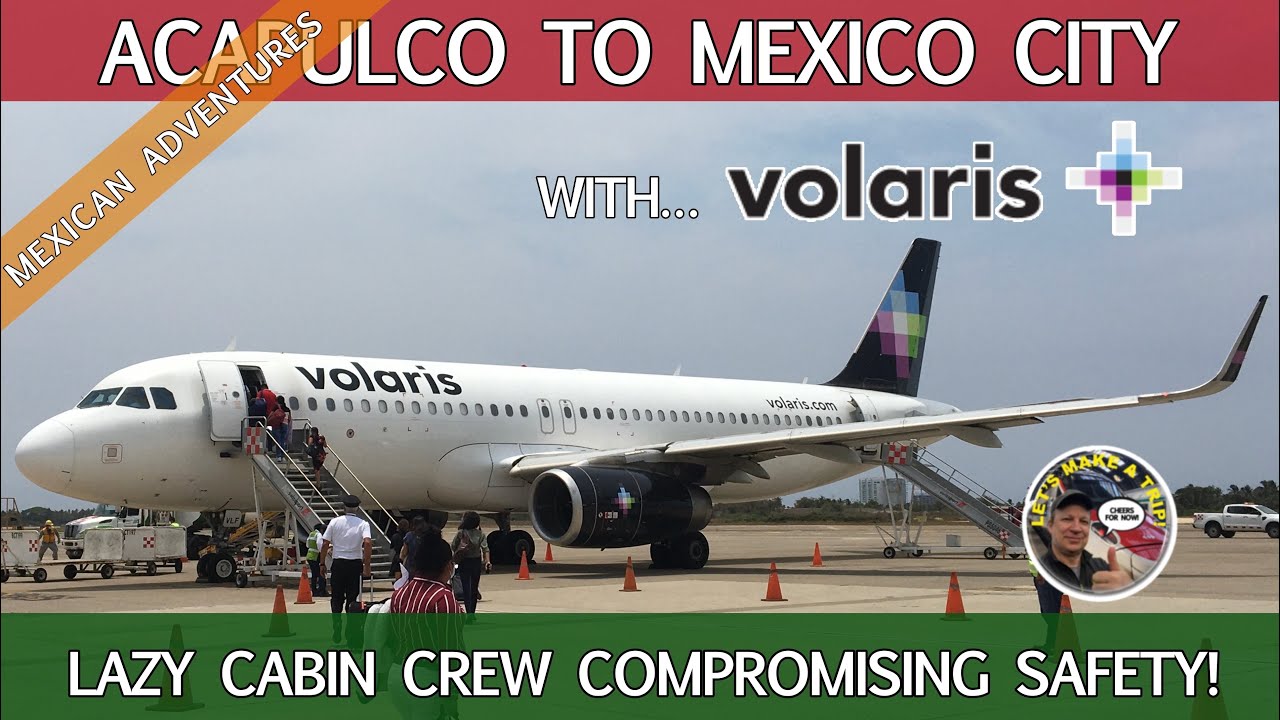Understanding Safety in Mexico City
Mexico City, a sprawling metropolis brimming with culture, history, and vibrant life, naturally comes with questions regarding its safety for travellers. While the city’s vastness can be intimidating, understanding its safety nuances is crucial for a fulfilling adventure. By acquainting oneself with the areas, timing, and personal safety tips, visitors can navigate this magnificent city with confidence.
Firstly, it’s essential to recognize that Mexico City, like any large urban area, has its share of safety concerns. However, the local government and community efforts have significantly improved safety measures in many parts of the city. Touristic areas such as Polanco, Condesa, and Roma are well-regarded for their safety and are frequently patrolled. Nonetheless, being aware of your surroundings and avoiding ostentatious displays of wealth can go a long way in ensuring a pleasant experience.
Another aspect to consider is transportation. Utilizing official taxis or ride-sharing apps is highly recommended over hailing cabs off the street. The Mexico City Metro, while an efficient means of transportation, requires attentiveness to personal belongings, especially during rush hours. Knowledge of basic Spanish phrases or having a translation app can greatly assist in navigating these scenarios. Remember, most residents are friendly and willing to assist, but having the ability to communicate your destination clearly is invaluable.
Is Mexico City Controlled by Cartels?
When considering a visit to Mexico City, one common question that arises among tourists is whether the city is controlled by cartels. It’s important to address this concern with clarity and provide travelers with the accurate information they need to make informed decisions about their adventures in Mexico.
Mexico City, as a sprawling urban center and the capital of Mexico, operates with a complex sociopolitical landscape. Unlike some regions of Mexico where cartel presence is more pronounced and conflicts between different cartels or between cartels and governmental forces are more common, Mexico City maintains a status as a relatively safe area for tourists. This is not to say that crime does not exist in the city; like any major metropolitan area, there are instances of petty theft and other crimes. However, the influence of cartels in the daily life of most residents and visitors is not as pervasive as it might be in other parts of the country.
The local government and law enforcement agencies in Mexico City have implemented stringent measures to curb any form of cartel activity within the city. These efforts include increased police presence in tourist areas, collaboration with national and international law enforcement to tackle organized crime, and community engagement programs to prevent crime at the local level. It’s also worth noting that many businesses, including those in the hospitality and tourism sector, operate independently of cartel influence, providing a safe and welcoming environment for visitors.
While the narrative of cartel control may dominate headlines, the reality on the ground in Mexico City tells a different story. Tourists are encouraged to take common-sense safety precautions, such as avoiding unregulated taxis, not flaunting valuables, and staying in well-lit, populated areas, especially at night. By staying informed and aware, travelers can enjoy the rich culture, history, and beauty that Mexico City has to offer without undue concern about cartel influence.
Mexico City’s Efforts to Enhance Safety
Mexico City has long captured the imagination of travelers who seek adventure amid its vibrant streets, ancient ruins, and bustling markets. However, concerns about safety have occasionally dampened enthusiasm for visiting this sprawling metropolis. Recognizing this, the city’s authorities have been implementing a series of strategic measures aimed at ensuring both residents and visitors feel secure while exploring all that Mexico City has to offer.
First amongst these efforts is the significant increase in police presence in tourist-frequented areas. This initiative is not only about having more officers on the ground but also involves deploying police units specialized in tourist assistance, capable of communicating in multiple languages. These units patrol notable neighborhoods such as Polanco, Condesa, and the historic downtown area, providing an added layer of security and assistance to international visitors. Their presence is not to overwhelm but to reassure, contributing to a more relaxed and enjoyable experience for tourists.
Moreover, the city has invested in state-of-the-art surveillance technologies to enhance public safety. A wide network of CCTV cameras now monitors key locations around the clock, feeding live footage to control centers staffed by dedicated security personnel. This modern approach to crime prevention and response has played a crucial role in swiftly addressing potential security incidents. The effectiveness of these measures is reflected in the decreasing crime rates in areas that are pivotal to Mexico City’s tourism industry. Through these concerted efforts, Mexico City continues to strive towards creating a safe and inviting environment for adventurers and travelers from across the globe, encouraging them to discover its rich culture, history, and cuisine without undue concern for their personal safety.
Safety Tips for Travellers in Mexico City
Mexico City, a bustling metropolis known for its vibrant culture, historical landmarks, and delicious cuisine, is a top destination for worldwide adventurers seeking an urban experience. However, as in any major city, safety concerns should be taken into account to ensure a pleasant and secure visit. Here are some crucial safety tips for travellers embarking on a journey to Mexico City.
Firstly, it’s essential to stay informed about the neighborhoods you plan to visit. Mexico City encompasses areas that vary significantly in terms of safety and tourist-friendliness. Researching and understanding the places you intend to explore can make a significant difference in your overall experience. Sticking to well-known tourist areas and avoiding less reputable neighborhoods, especially after dark, can help in minimizing risks.
Another key safety tip is to always keep personal belongings secure and out of sight. Pickpocketing and small thefts can occur in crowded places such as markets, public transportation, and tourist spots. Therefore, wearing a money belt or using anti-theft bags, keeping a minimal amount of cash on hand, and being vigilant of your possessions at all times can greatly reduce the chances of becoming a victim.
Using only official transportation options is also advisable for travellers in Mexico City. Authorized taxis or rideshare apps offer a safer alternative to hailing cabs off the street, which poses a risk of scams or worse. Before setting off, ensure your phone is charged and that you have access to data or Wi-Fi to summon a ride, helping to avoid unnecessary risks associated with unlicensed transportation methods.
Lastly, it’s wise to familiarize yourself with local customs and basic Spanish phrases. Understanding local norms, especially those related to safety and interactions with strangers, can enhance your ability to navigate the city cautiously. Moreover, being able to communicate, even minimally, in Spanish can help in various situations, from ordering food to asking for directions or assistance. Remember, a little preparation goes a long way in ensuring a memorable and safe experience in Mexico City.
Exploring the Rich Culture of Mexico City Safely
In the sprawling metropolis of Mexico City, the rich tapestry of history and modernity weaves together to create an unforgettable cultural experience. As one of the largest cities in the world, it offers an unparalleled variety of attractions, from ancient Aztec ruins and colonial architecture to vibrant street art and bustling markets. However, navigating this vast city safely is crucial for any visitor. By staying informed and making smart choices, travelers can fully immerse themselves in the beauty and complexity of Mexico City’s culture without compromising their safety.
First and foremost, understanding the city’s geography is key to a secure visit. Mexico City is divided into several boroughs, each with its own unique charm and potential safety concerns. Tourists are encouraged to stay in well-known areas such as Polanco, Condesa, and Roma. These neighborhoods are not only renowned for their historical significance and beautiful parks but are also some of the safest and most welcoming areas for visitors. Here, you can stroll through art galleries, enjoy traditional Mexican cuisine, and shop for artisanal goods with peace of mind.
Transportation is another important aspect to consider when exploring Mexico City. While the metro system is efficient and cost-effective, it can be crowded and somewhat overwhelming for first-time visitors. For a safer and more comfortable experience, opt for registered taxis or ride-sharing apps like Uber. These services offer the convenience of door-to-door transportation and provide an additional layer of safety with tracked rides. Biking is also a great option with the city’s bike-share program, Ecobici, offering a fun and eco-friendly way to see the sights.
To truly embrace the rich culture of Mexico City safely, engaging with local communities and respecting local customs is essential. Attend guided tours in historical sites, participate in workshops that celebrate Mexican crafts, and explore the city’s numerous museums to gain deeper insight into its artistic and historical heritage. By interacting with locals in a respectful and open-minded manner, visitors not only enrich their travel experience but also contribute positively to the community. Remember, keeping safety in mind doesn’t mean limiting your adventures; it’s about making informed decisions that allow you to explore Mexico City to its fullest, in all its cultural glory.
The Reality Behind Mexico City’s Safety Perception
Mexico City, the vibrant heart of Mexico, often carries a daunting reputation when it comes to safety. This perception, heavily influenced by media portrayals, can deter potential visitors from experiencing the richness of its culture, history, and gastronomy. However, the reality on the ground paints a more nuanced picture, one where awareness and precaution can significantly shape one’s experience in this sprawling metropolis.
Firstly, it’s crucial to understand that Mexico City is a colossal urban area, comprising various neighborhoods, each with its character and safety levels. Areas like Polanco, Condesa, and La Roma are known for their trendy restaurants, leafy streets, and a generally higher sense of security, attracting both tourists and expatriates. On the other hand, some parts of the city do warrant extra caution, especially after dark, highlighting the importance of researching and planning your itinerary based on up-to-date local advice.
The role of local and national authorities in enhancing public safety cannot be understated. In recent years, there has been a concerted effort to bolster security through increased police presence, improved lighting in public spaces, and the installation of surveillance cameras. These measures have contributed to a steady decrease in crime rates in popular tourist areas, offering a sense of assurance to visitors.
Engaging with the city through the guidance of local experts or organized tours can also greatly enhance personal security. Many travel companies specialize in providing immersive experiences that navigate safely through the city’s myriad offerings, from its ancient ruins to its contemporary art scenes. These experts are adept at steering clear of trouble spots, thus ensuring that tourists can enjoy the best of Mexico City without undue concern for their safety.
In summary, while it’s imperative to stay informed and cautious, the prevailing perceptions of Mexico City’s safety often overshadow the reality. By taking sensible precautions and choosing wisely where to go, visitors can uncover the immense beauty and vibrancy of this historic capital. The city’s efforts to improve safety and the availability of knowledgeable guides offer additional layers of reassurance, inviting travelers to experience the true essence of Mexico City beyond the headlines.


